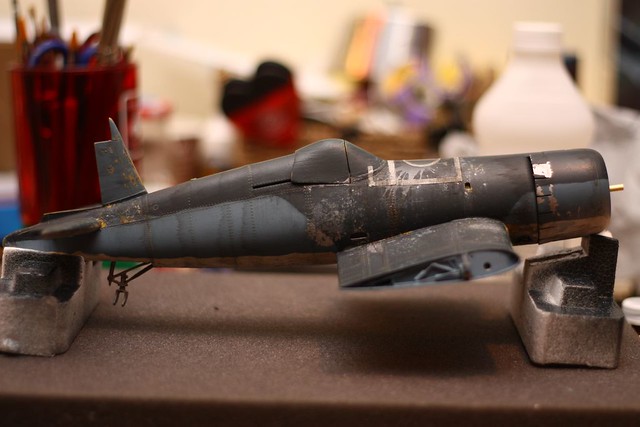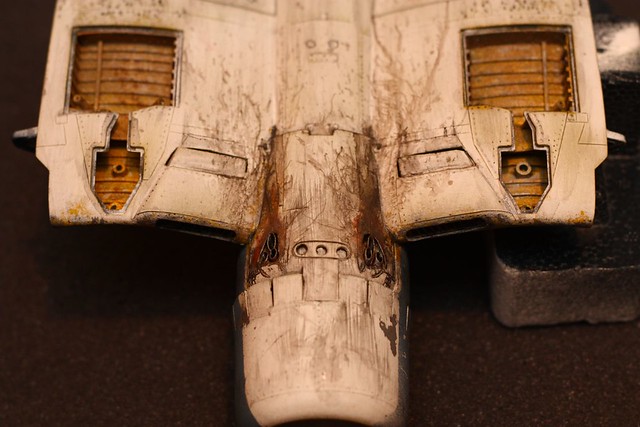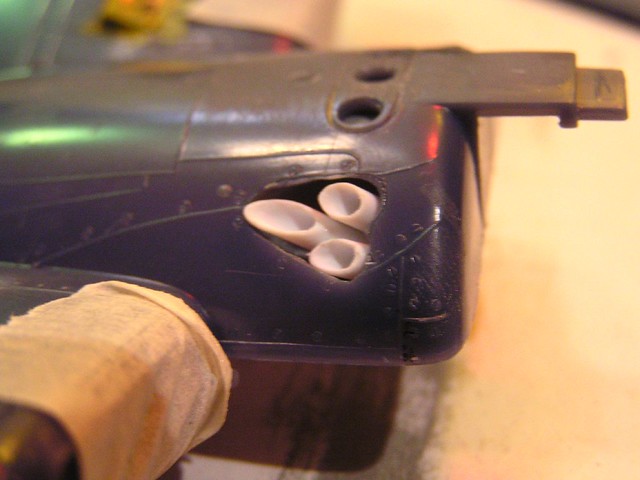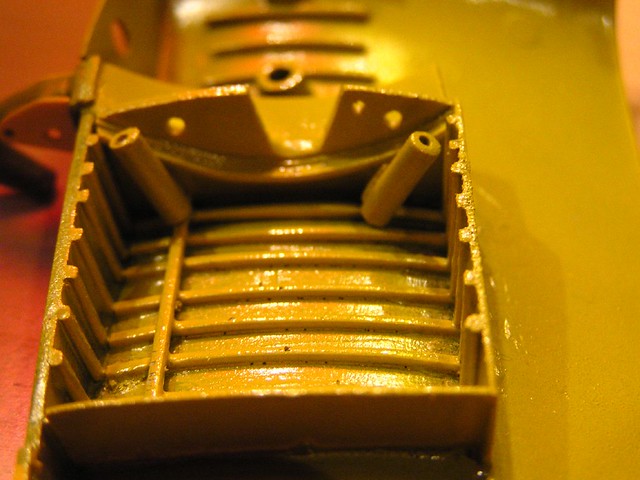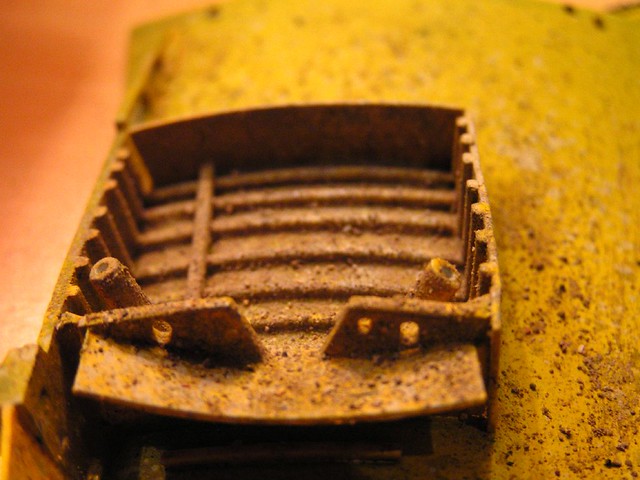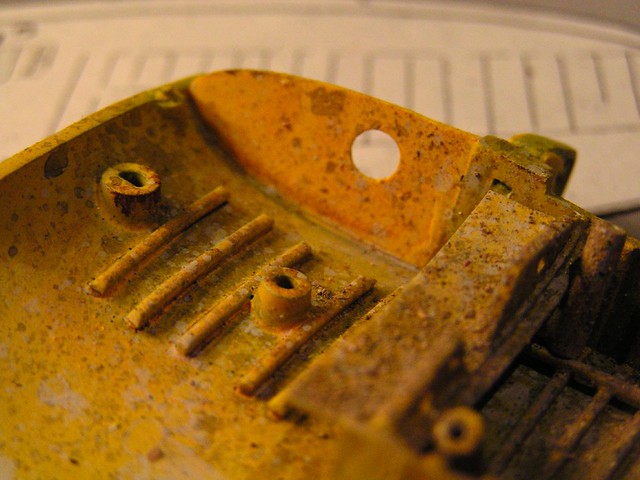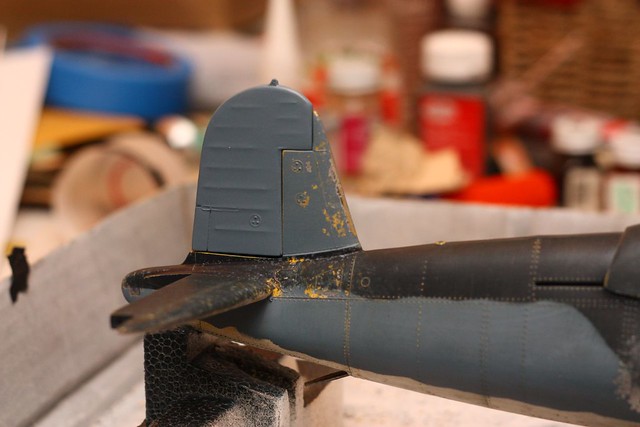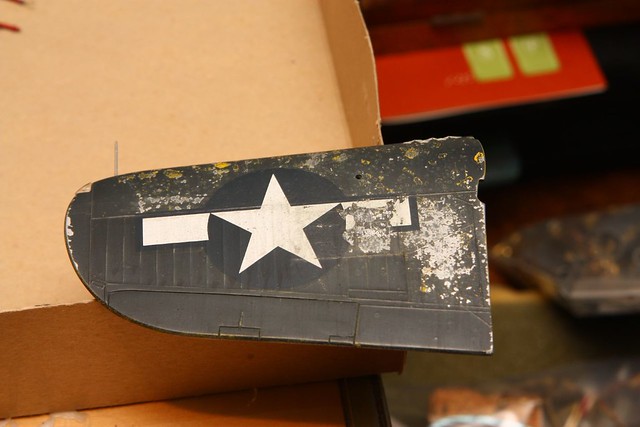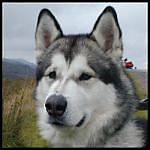I was asked to write up a quick "how'd I do that" in regards to the finish I obtained on this build.

Use reference materials, find out where the bird was worn most, how it wore down and what colors AND materials were used.
First, I dont own or use an airbrush. This is all done with rattle cans and brushes.
The answer, is salt, scotchbrite pad and post shading using thinned tempra paint.
To start, build the kit assemblies:

Paint your base color, by base I mean the raw material color. In this case, its aluminum.

When dry, clear coat. I use Matte coat from testors rattle cans.
Now, when thats dry we apply salt. I use water with a touch of windex to break the surface tension. Now slop some water on and sprinkle salt onto the model where you want the chipping to be.
Be aware that Fabric surfaces DONT CHIP! keep it on the metal.
When the salt is dry, apply your next coat of paint; Primer. In this example it is Yellow Chrome from Tamiya (rattle can) as there is no rattle can Yellow Chromate available.

When the paint is dry, knock the salt off using an old terry cloth towel, your fingers, etc.
Now, clear coat again (you'll soon notice a theme)
Apply water and salt in desired locations, let dry.
Apply next coat of paint, when dry remove salt

Now as you can see we have 3 colors visible. Now, go clear coat it.
AAAAAnnd one last time, apply water and salt, let dry add final color.

Now here is where I throw a curve ball at you.







